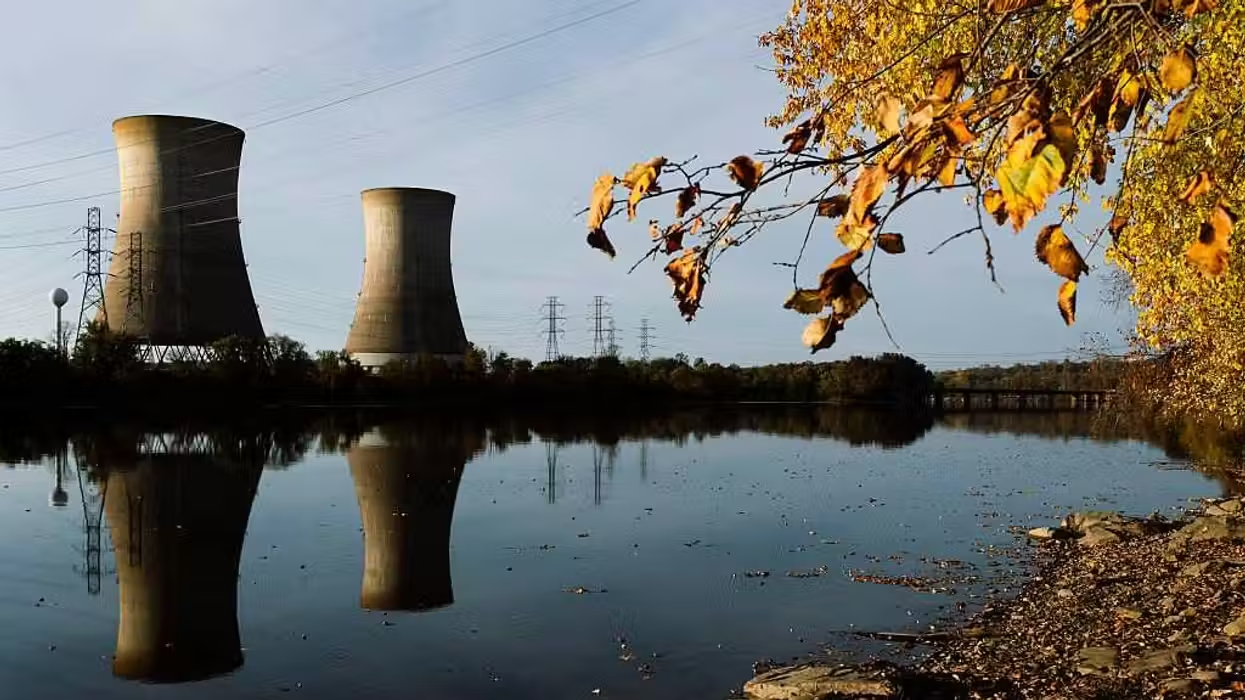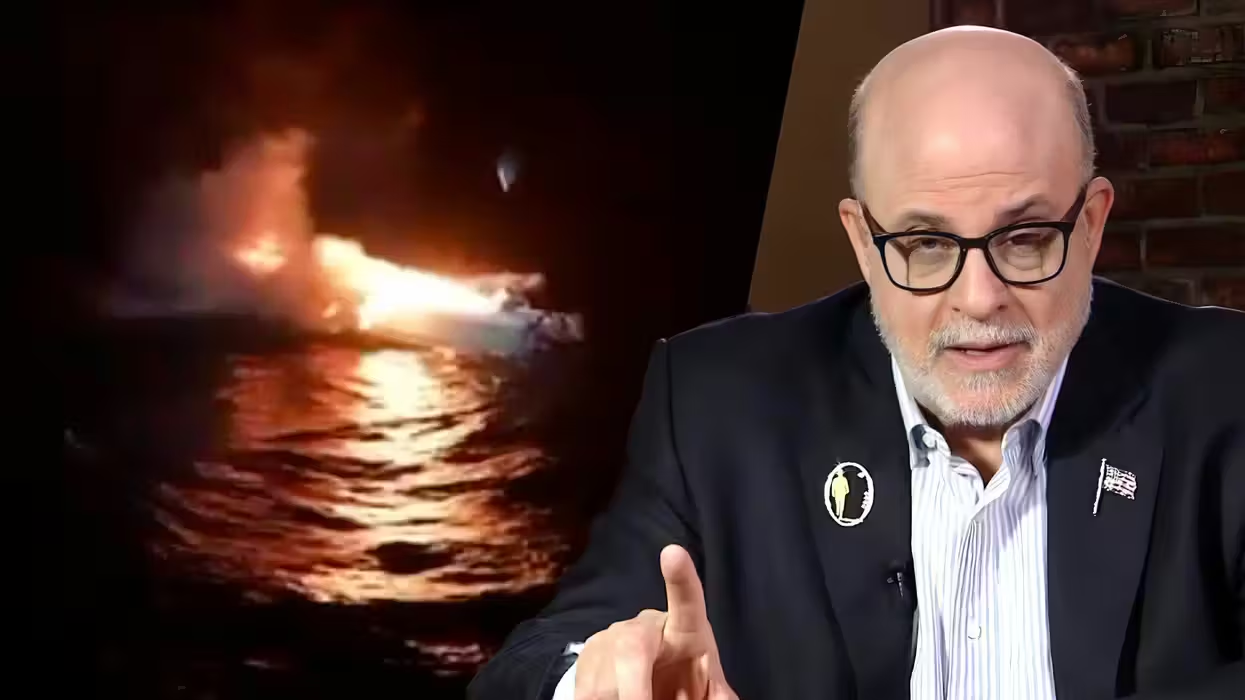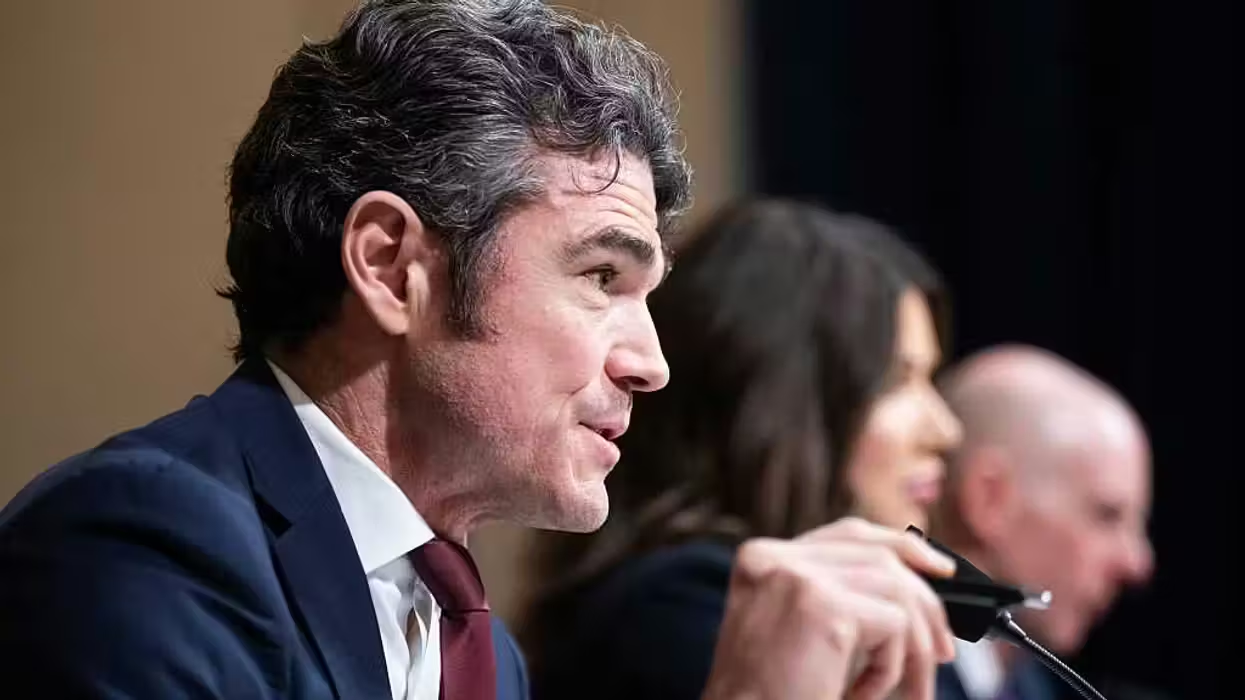
© 2025 Blaze Media LLC. All rights reserved.
President Donald Trump will head to Ohio Thursday to talk up his proposal for a $1.5 trillion infrastructure investment. The administration claims the plan will only cost the federal government $200 billion, could employ as many as 414,000 people, and of course would rebuild the nation's "crumbling" roads and bridges.
This is all code for what the plan really is: increased government spending to stimulate the economy. And it's further evidence, along with the $1.3 trillion in spending just passed by Congress, that the Republican Party led by Donald Trump has fallen into lockstep with President Richard Nixon, who once famously declared, "I am now a Keynesian in economics."
Keynesian fiscal policy — that is, how Congress should change taxes and spending according to famed (infamous to conservatives) economist John Maynard Keynes — calls for two things to stimulate an economy in recession: tax cuts and increased government spending, which invariably lead to massive deficits and more government borrowing. The general idea is that if the economy is poor, it's because people are not demanding enough goods and services to employ everybody. Keynesian fiscal policy therefore directs putting more money in people's pockets with tax cuts and using government spending to artificially create more demand for goods and services. The government supposedly can spend its way to prosperity under this scheme and then borrow more money to pay its own bills.
But the government cannot spend its way into prosperity because the government does not generate wealth. Government can only redistribute wealth. Whatever it spends, it must first take from someone in the private sector. This is why new infrastructure spending, like all forms of government spending, is an unnecessary waste. Federal, state, and local governments already spend billions on infrastructure each month. Our roads and bridges are not crumbling. And if any jobs are created under an infrastructure program (remember how Obama's stimulus didn't have "shovel-ready jobs?"), they will be gone when the program ends, and future jobs will be lost because the government took resources away from job creators while driving up the national debt.
Further, the nation's looming debt crisis imperils whatever economic gains the Trump administration has made or will make with deficit spending. The Republican government's inability to rein in spending combined with rising interest rates presents an enormous budgetary problem because payments on the interest of our debt are getting bigger. As I have written before, "as the debt grows, the interest payments on the debt become a bigger and bigger part of the budget. This means less money can be allocated to Social Security, Medicare, Medicaid, and other entitlement programs as our aging population comes to depend on them. Taxes will have to go back up to avoid collapse. The economy will be increasingly burdened by the government."
The Keynesian scheme of perpetual deficits and borrowing, aggravated by new infrastructure spending, will kill the economy.
Once the Republican Party understood this. Under President Ronald Reagan's leadership, the government slashed non-defense spending and cut taxes, resulting in unprecedented economic growth. Reagan's supply-side, free-market-oriented policies demonstrated that the Keynesian demand-side, pro-government-spending philosophy of the 1970s was in complete error. But Reagan's conservative principles have largely been abandoned by Republican leadership.
It's Nixon's party again, not Reagan's. And we're all Keynesians now.
Want to leave a tip?
We answer to you. Help keep our content free of advertisers and big tech censorship by leaving a tip today.
Want to join the conversation?
Already a subscriber?
more stories
Sign up for the Blaze newsletter
By signing up, you agree to our Privacy Policy and Terms of Use, and agree to receive content that may sometimes include advertisements. You may opt out at any time.
Related Content
© 2025 Blaze Media LLC. All rights reserved.
Get the stories that matter most delivered directly to your inbox.
By signing up, you agree to our Privacy Policy and Terms of Use, and agree to receive content that may sometimes include advertisements. You may opt out at any time.






